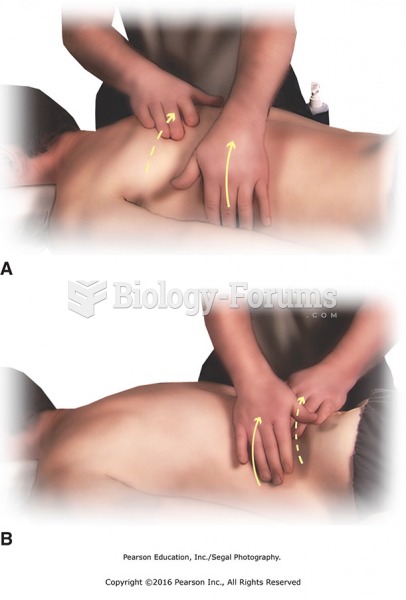|
|
|
Though the United States has largely rejected the metric system, it is used for currency, as in 100 pennies = 1 dollar. Previously, the British currency system was used, with measurements such as 12 pence to the shilling, and 20 shillings to the pound.
More than 150,000 Americans killed by cardiovascular disease are younger than the age of 65 years.
Chronic marijuana use can damage the white blood cells and reduce the immune system's ability to respond to disease by as much as 40%. Without a strong immune system, the body is vulnerable to all kinds of degenerative and infectious diseases.
Atropine was named after the Greek goddess Atropos, the oldest and ugliest of the three sisters known as the Fates, who controlled the destiny of men.
Approximately 25% of all reported medication errors result from some kind of name confusion.
 A killer whale plays with a ball of ice, soon after a researcher had thrown a snowball at the whale.
A killer whale plays with a ball of ice, soon after a researcher had thrown a snowball at the whale.
 Stereo Image taken by NASA STEREO Probes launched in 2006; utilizing two Spacecrafts to image the Su
Stereo Image taken by NASA STEREO Probes launched in 2006; utilizing two Spacecrafts to image the Su





